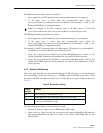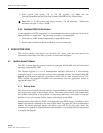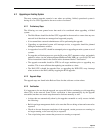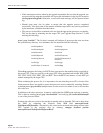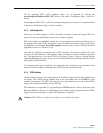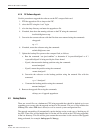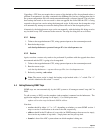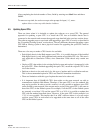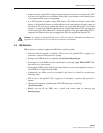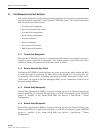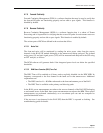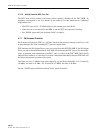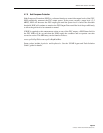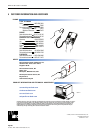
ADCP-75-192 • Issue 2 • June 2007
Page 57
© 2007, ADC Telecommunications, Inc.
4.7.5 Forward Continuity
Forward Continuity Management (FCM) is a software function that may be used to verify that
the forward RF paths are functioning properly and are able to pass signals. This function is
disabled by default.
4.7.6 Reverse Continuity
Reverse Continuity Management (RCM) is a software function that is a subset of Tenant
Processing and is responsible for verifying that the reverse RF paths for each tenant-sector are
functioning properly and are able to pass signals. This function is enabled by default.
The various parts of RCM are defined in the sections that follow.
4.7.6.1 Noise Test
The front-end noise will be monitored by reading the noise power value from the reverse
channels in the RAN SIF module belonging to the tenant-sector being analyzed. The in-band
noise power (N) and total signal power (S+N) will be measured and analyzed in the SIF using
an FFT analysis, as follows:
The RCM software will generate faults if the integrated power levels are below the specified
thresholds.
4.7.6.2 RAN Down Converter (RDC) Tone Test
The RDC Tone will be enabled at all times, unless explicitly disabled via the RDC MIB. Its
frequency corresponds to the first channel in the band set for that tenant-sector. Additional
requirements are:
• The RDC tone level is –80 dBm referenced to the front end antenna port of the RAN
• The RDC Tone is available on the primary and diversity paths
In the RAN, power measurements are taken at the reverse channels of the RAN SIF belonging
to each tenant-sector. In the Hub, these power measurements are taken at the BIM. These power
measurements are performed continuously on a one-minute poll rate and are compared to
specified threshold values.
If the test tone is not detected in the RAN SIF, then the RDC is reported as faulting. See
troubleshooting guide for details.



